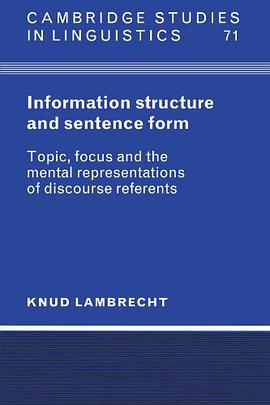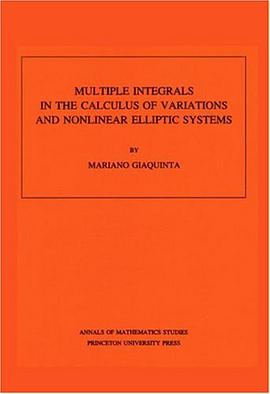

Why do speakers of all languages use different grammatical structures under different communicative circumstances to express the same idea? Professor Lambrecht explores the relationship between the structure of the sentence and the linguistic and extra-linguistic context in which it is used. His analysis is based on the observation that the structure of a sentence reflects a speaker's assumption about the hearer's state of knowledge and consciousness at the time of the utterance. This relationship between speaker assumptions and formal sentence structure is governed by rules and conventions of grammar, in a component called 'information structure'. Four independent but interrelated categories are analysed: presupposition and assertion, identifiability and activation, topic, and focus.
具体描述
读后感
评分
评分
评分
评分
用户评价
相关图书
本站所有内容均为互联网搜索引擎提供的公开搜索信息,本站不存储任何数据与内容,任何内容与数据均与本站无关,如有需要请联系相关搜索引擎包括但不限于百度,google,bing,sogou 等
© 2025 book.wenda123.org All Rights Reserved. 图书目录大全 版权所有




















